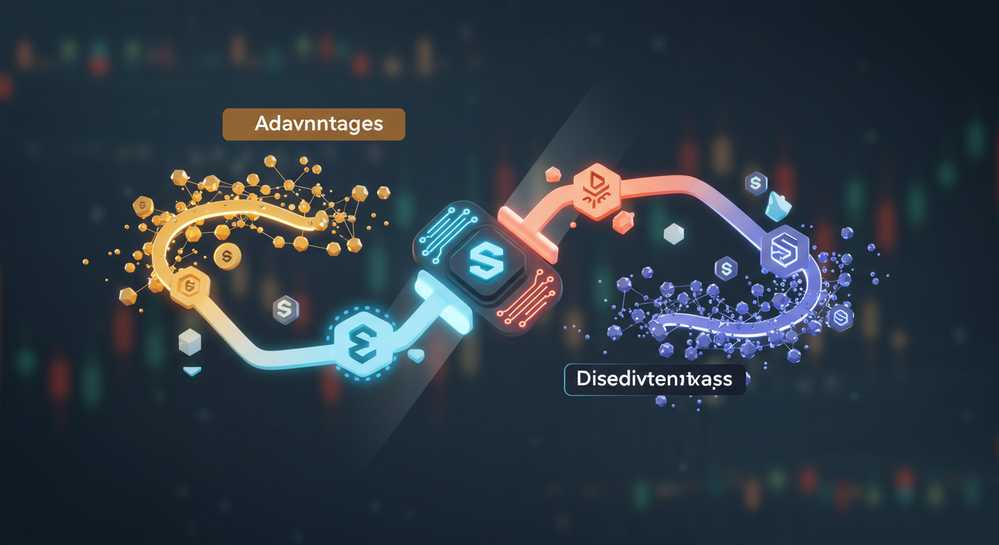In the fast-paced world of stock market investing, speed and precision are paramount. Manual trading can often be limited by human emotions and reaction times, prompting a search for sophisticated solutions. An nse trading bot offers just that: an automated system designed to execute trades on the National Stock Exchange (NSE) with unparalleled efficiency. Following predefined rules and strategies, these bots can provide a significant competitive edge. This guide explores their functionality, advantages, and potential pitfalls for modern traders in India’s dynamic market.
Contents
What an NSE Trading Bot Entails

Understanding the NSE Trading Bot Core
An NSE trading bot represents a sophisticated software application. It connects directly with the National Stock Exchange via its Application Programming Interface (API). This powerful tool automates order execution, strictly following predefined algorithms. It eliminates human emotion, ensuring rapid, unbiased decision-making in dynamic markets. Such automation is crucial for capitalizing on fleeting opportunities, especially in the fast-paced Indian stock market.
Essential Components of an NSE Trading Bot
Effective NSE trading bot systems rely on several critical modules. The Market Data Feed delivers real-time price movements and crucial order book depth, often leveraging high-speed data streams. A robust Strategy Engine houses the trading logic, dictating entry and exit points based on complex technical or fundamental analysis. This engine is where the true intelligence of an automated system resides.
The Order Management System seamlessly handles order submissions, modifications, and cancellations through broker APIs, ensuring timely execution. Crucially, a dedicated Risk Management Module protects capital with automated stop-loss, take-profit, and position sizing rules. This module is a non-negotiable aspect for sustained profitability, defining what an AI trading bot entails in the modern era.
Advantages and Disadvantages of Automated NSE Trading

Advantages of Automated NSE Trading
Leveraging an NSE trading bot offers significant benefits for market participants. These automated systems execute trades in milliseconds, providing a critical edge in high-frequency strategies and arbitrage opportunities. They operate free from emotional biases like fear or greed, ensuring strict adherence to predefined rules. This disciplined approach can lead to more consistent outcomes.
- Execution Speed: Bots react instantly to market shifts, capturing fleeting opportunities human traders often miss.
- Emotion-Free Trading: Decisions are purely algorithmic, removing psychological pitfalls that plague manual trading.
- Extensive Backtesting: Strategies can be rigorously tested against vast historical data, validating their potential profitability before live deployment.
- Portfolio Diversification: Manage multiple strategies across various assets or timeframes simultaneously, enhancing risk management.
Disadvantages and Risks of an NSE Trading Bot
Despite the advantages, deploying an NSE trading bot carries inherent risks. Technical glitches, such as software bugs or connectivity issues, can lead to significant financial losses if not promptly addressed. Over-optimization is another common pitfall; strategies too perfectly tailored to past data may fail dramatically in evolving live markets. Unpredictable market shifts, like sudden policy changes or global events, can render even robust strategies ineffective.
- Technical Vulnerabilities: Software errors or network outages can cause unintended trades or missed opportunities.
- Over-optimization Trap: Strategies might perform well in backtests but fail in real-time due to being too specific to historical patterns.
- Market Volatility: Sudden, unforeseen market changes can quickly invalidate a bot’s underlying assumptions.
- Constant Oversight Required: Automated systems demand continuous monitoring and adaptation, not a set-and-forget solution. Explore more on top trading strategies with bots to mitigate these risks.
Essential Features for an Effective NSE Trading Bot
Choosing the right automated trading platform involves evaluating critical features. A well-designed system should offer flexibility, robust data handling, and strong security measures for efficiency and profitability.
Customization and Strategy Development
A powerful bot allows strategy customization, integrating indicators, and defining entry/exit points. Python support is a major advantage. Comprehensive backtesting against historical NSE data validates performance pre-deployment.
Real-Time Data and Execution
Accurate, real-time market data is non-negotiable. The NSE trading bot must ensure low-latency order execution via reliable API connections. This minimizes slippage and maximizes desired price capture.
Security and Reliability
Robust security protocols are essential. Look for encryption, secure API handling, and high uptime. Understanding secure trading practices is vital for any automated system.
User Interface and Support
An intuitive user interface simplifies setup and management. Responsive customer support is crucial for troubleshooting and assistance, ensuring continuity.
Implementing and Optimizing Your Automated Trading Strategy

Deploying and fine-tuning an automated system for trading on the National Stock Exchange demands continuous refinement. It is never a “set it and forget it” solution. This iterative process ensures your strategy adapts to dynamic market conditions.
Initial Setup and Validation
Precisely define your strategy: entry signals, exit conditions, and risk parameters. Integrate your NSE trading bot with your broker’s API. Thoroughly backtest with historical data, then forward-test on a paper trading account to validate live performance.
Monitoring and Adjustment
Constant monitoring is paramount for any automated system. Review performance for deviations, as market dynamics evolve. Periodic adjustments are crucial: tweak parameters, update indicators, or revise logic. Explore more on undefined.
Risk Management and Review
Adhere to strict risk management protocols. Set clear stop-loss limits and define position sizes. Analyze key performance metrics: profitability, drawdown. This iterative review ensures automated trading aligns with financial goals.
An NSE trading bot is a powerful tool for modern investors seeking to enhance trading efficiency and precision. Automating execution and strategy implementation, these systems can overcome human limitations and capitalize on market opportunities with speed. Success, however, hinges on careful selection, robust strategy development, continuous monitoring, and sound risk management. Embracing this technology responsibly can significantly elevate your trading journey. Discover comprehensive solutions and expert insights at The Best Crypto Trading Bot.
